Spring 2020 Seminar
Talks are 12:00 noon on Thursdays in Olin Science 268, unless
otherwise noted.
February 6, 2020
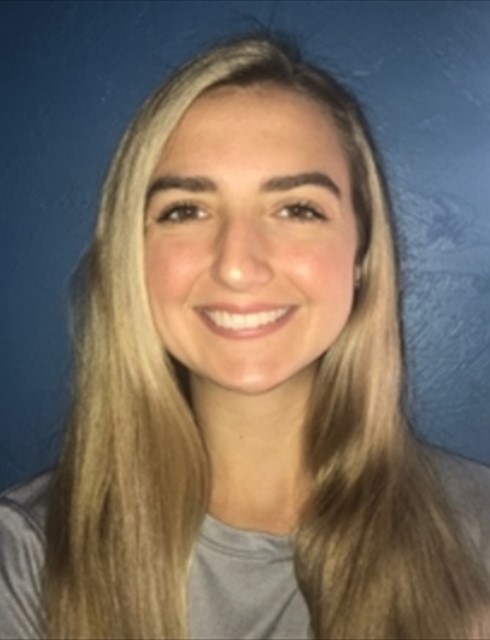
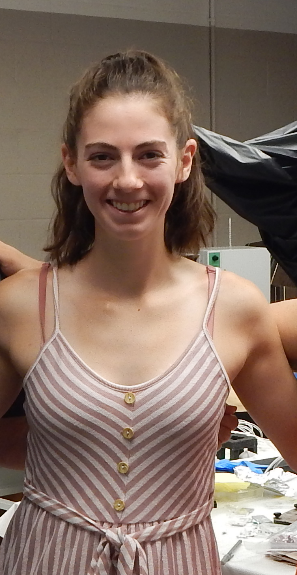
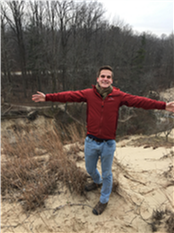
Active Mixing of Swimming Bacteria in Hyperbolic and Vortex Flows
Abstract:We present experiments on the effects of imposed, laminar fluid flows on the motion of active (self-propelled) tracers. The active tracers are bacillus subtilis bacteria, including a wild-type strain and two variations, one with the GFP mutation and one with a smooth-swimming mutation for which the microbe doesn't tumble. The imposed flows are simple hyperbolic flows and vortex chain flows. We test theories that predict ``swimming invariant manifolds'' (SwIMs) that act as one-way barriers that impede the motion of active tracers in the flow. For the hyperbolic flows, we investigate the structure of the barriers as a function of the imposed flow magnitude. For the vortex flow, we investigate the effects of SwIMs that encircle the vortex centers. We also test predictions of chaotic trajectories of smooth-swimming tracers for time-independent, two-dimensional flows.
Show/hide abstract.
February 20, 2020
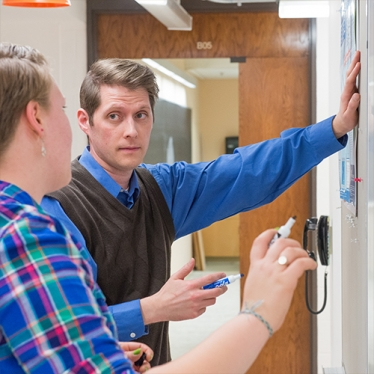
How do we know what’s going on in the world of the super super super small: Testing QED in neutral beryllium-9
Abstract:The world of the super super small is super super weird. In this talk I will introduce our best guess for modelling the world of the super small, known as the Standard Model of Particle Physics, how this model develops from quantum mechanics, and why we are so interested in testing it. In my lab we are testing the Standard Model by performing spectroscopy on neutral beryllium-9, the fourth atom on the periodic table. Despite being only the fourth atom on the periodic table, the theoretical models needed to predict the properties of beryllium are incredibly complex. The experimental results from our lab are used to both help theorists develop their computational models as well as test quantum electrodynamics, an important component of the Standard Model. I’ll go over the current experimental results, how they impact our knowledge of the natural world, and what’s next.
Show/hide abstract.
January 23, 2020
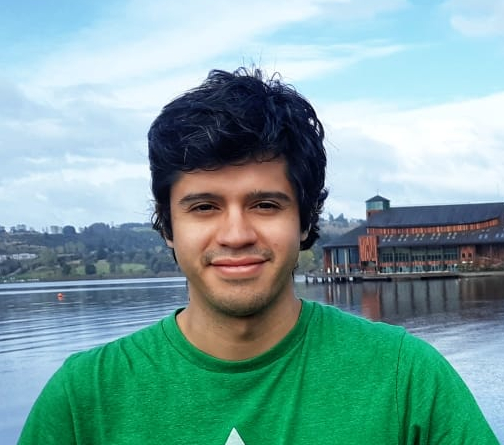
Discovering from Planets to Low-Mass Stars Using Radial Velocities and Direct Imaging.
Abstract: In this talk, I show the types of objects we are interested in observing and studying, from low-mass stars, brown dwarfs, and planets gravitationally connected to a host star. I discuss two techniques used for the discovery of these objects: direct imaging and radial velocities. Radial velocities, using the doppler spectroscopy method, has been one of the two most productive methods in recent years for finding exoplanets. Direct imaging, on the other hand, while conceptually the simplest method, is actually one of the most difficult due to the difficulty of distinguishing the light of low-mass companion from the far brighter star. These two methods can be combined to emphasize the advantages both have in finding new systems. These techniques also allow us the opportunity to also characterize the systems and understand more of the physics governing these still little understood objects. In the future, we can expect to be able to use these techniques to find old low-mass planets with future telescopes like the ELT and WFIRST.
Show/hide abstract.




